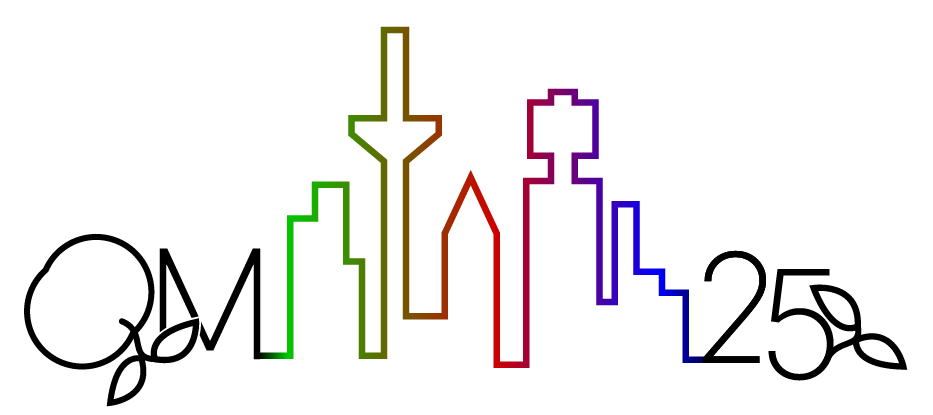Speaker
Description
The nature of the QCD phase transition in the chiral limit presents a challenging problem for lattice QCD. However, its study provides constraints on the phase diagram at the physical point. In this work, we investigate how the order of the chiral phase transition depends on the number of massless quark flavors. To approach the lattice chiral limit, we map out the chiral critical surface that separates the first-order region from the crossover region in an extended parameter space, which includes the gauge coupling, the number of quark flavors, their masses, and the lattice spacing. Lattice simulations with standard staggered quarks reveal that for $N_f \lesssim 8$, there exists a tricritical lattice spacing $a^{tric}(N_f)$, at which the chiral transition changes from first order ($a>a_{tric}$) to second order ($a<a_{tric}$). Thus, the first-order region is a lattice artifact, and in the continuum limit, the transition is of second order for all $N_f \lesssim 8$. By determining the associated temperatures $T(N_f^{tric},a ^{tric})$ at these tricritical points, we confirm the expected decrease in the critical temperature as the number of flavors increases. The location of the tricritical point in the continuum limit $T(N_f^{tric},a=0)$ is still under investigation. Current simulations on finer lattices suggest that in the continuum limit, the transition temperature approaches $T(N_f^*,a=0)=0$ at $N_f^* \approx 8$. This implies that, on the one hand, $N_f=8$ marks the onset of the conformal window, and, on the other hand, for all $N_f<8$ the chiral transition is of second order.
| Category | Theory |
|---|
